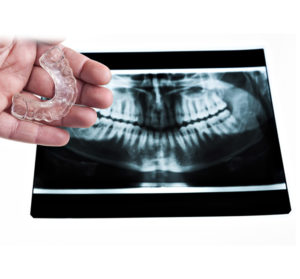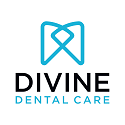 Why Are Dental Radiographs (x-rays) Needed?
Why Are Dental Radiographs (x-rays) Needed?
Dental radiographs, also known as x-rays, are an essential tool in the dental clinic. Dental x-rays offer the dentist something a visual examination cannot – they allow the dentist to look inside the tooth and jaws to check:
- the health of the nerve
- find cavities
- monitor the health of the bony structures surrounding the tooth
- examine the tooth’s roots
- help diagnose gum disease
- follow a tooth’s development.
Different Types Of Radiographs
There are many types of dental radiographs, each serving a specific diagnostic purpose. The most common are bitewings, panoramic x-rays, and periapical x-rays. A more sophisticated 3D x-ray is also available, called a cone beam computed tomography (CBCT).
- Periapical radiographs – primarily used to examine a tooth’s bone height and overall root health. Finally, panoramic x-rays show the dentist an entire view of the mouth, teeth, and bony structures in and surrounding the area. This type of radiograph is perfect in helping the dentist identify cysts, tumors, impacted teeth, and bone disorders.
- Bitewing radiographs – are taken during routine dental checkups. Typically, two are taken at a time — one on each side of the mouth — in order to check the overall health of the tooth and bony structures as well as scan for possible cavities. They are usually taken during routine dental check ups and scale and cleans.
- Panoramic radiograph – Sometimes a panoramic x-ray is taken if you are a new patient to the dental clinic. Since it gives the dentist a wider view of the mouth, it provides a perfect first snapshot of a new patient’s overall oral health.
- Cone beam computed tomography (CBCT) – gives an advance, 3D view of the jaws and associated structures. It helps greatly in dental implant planning and orthodontic treatment.
Digital Dental Radiographs (x-rays)
Many dental clinics today use digital radiography, thus significantly reducing a patient’s exposure to radiation. In order to reduce exposure to radiation from traditional radiographs, the patient is covered in a leaded apron to protect vital organs. Dentists also reduce radiation exposure to patients by spacing out x-rays in order to take fewer of them. Routine dental radiographs are important and necessary in helping the dentist help you to maintain the overall health and wellness of your teeth and gums. At Divine Dental Care we have digital dental ragiograph (x-ray) machines to help take all 4 different types of x-rays required, all on-site for your convenience.
